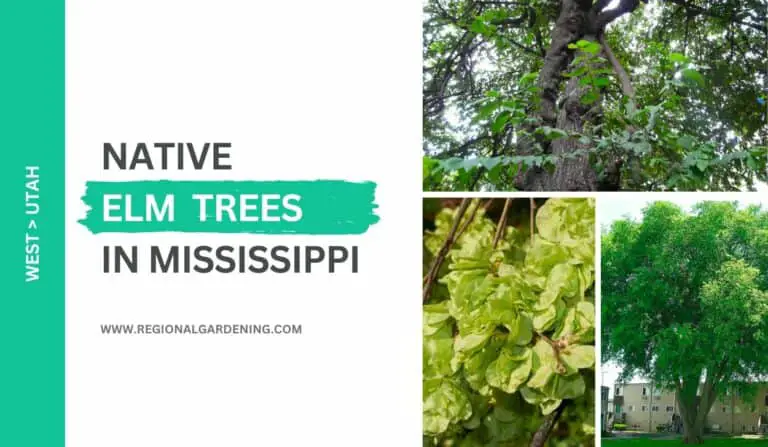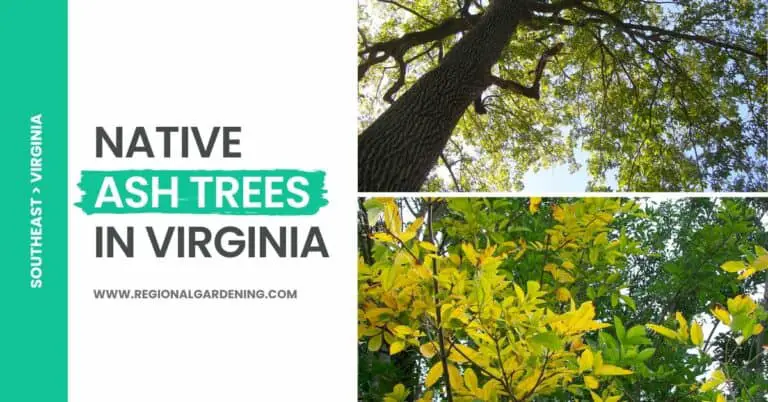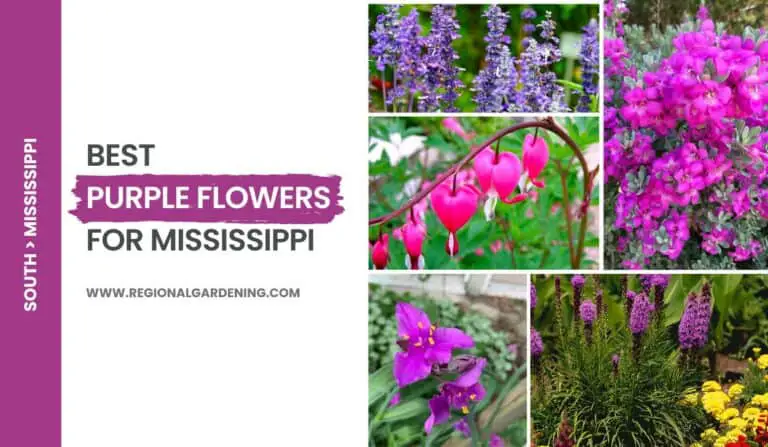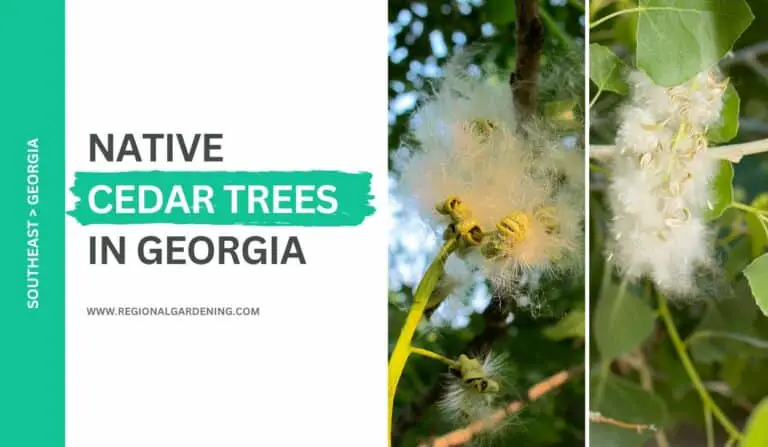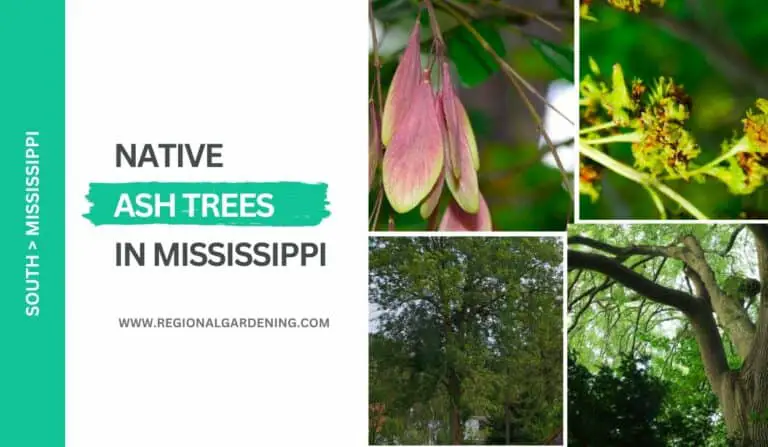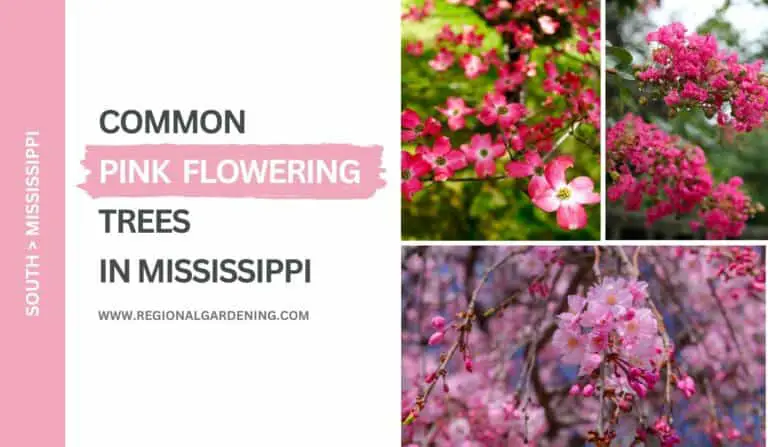3 Native Elm Trees In Virginia (Pictures & Identification)
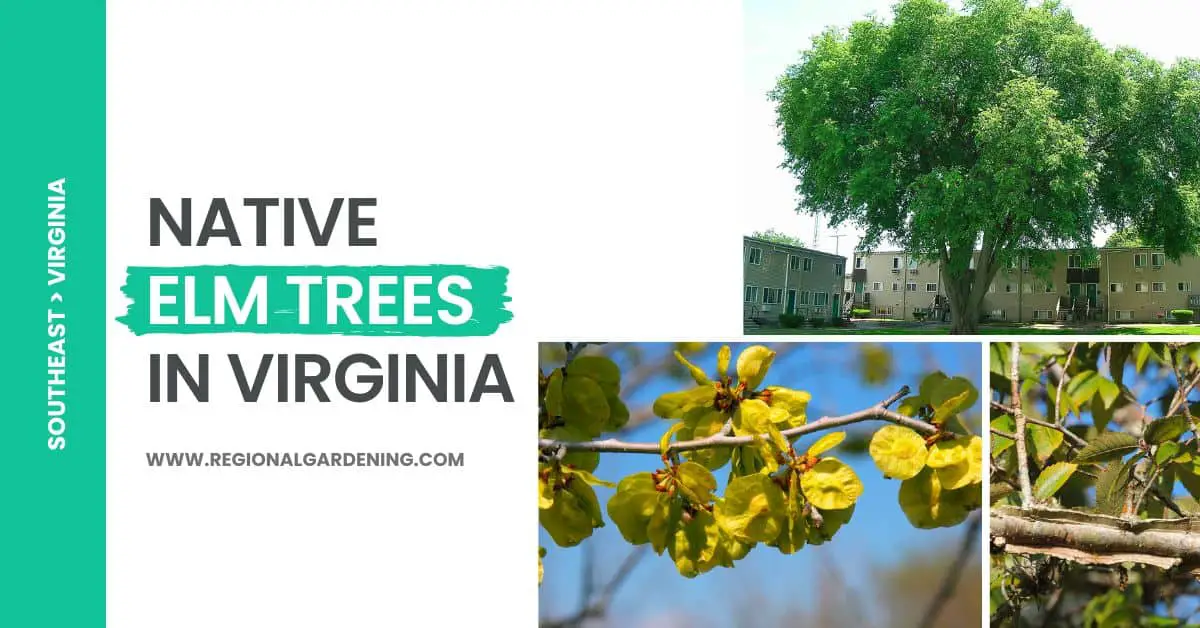
The majestic Elm trees were one of the most commonly seen trees in Virginia, defining the landscape. However, more than 90% of the native varieties were wiped out by the Dutch elm fungus disease, which significantly altered the Virginia landscape.
The value of native trees cannot be overlooked, despite the fact that the state is home to numerous non-native hybrid Elm varieties.
In this article, I will be showing you the three native Elm trees in Virginia that used to dominate the land in the past. The good thing is, you can still find these trees in the state, but mot as common as new cultivars that are resistant to Dutch Elm disease.
Let’s get started with the most impressive tree of all, the American Elm.
1. American Elm
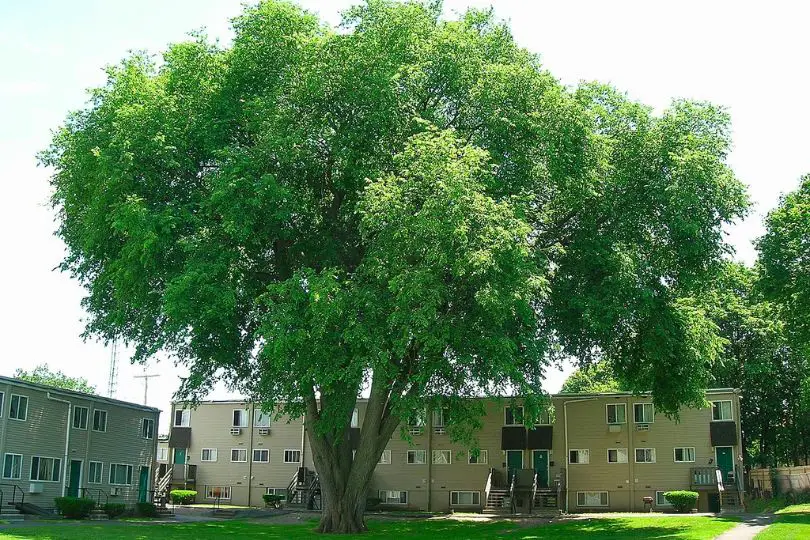
Ulmus americana, commonly known as the American elm, the White Elm, or the Soft Elm, is a magnificent tree that may grow as tall as 100 feet and as wide as 2 or 4 feet. It thrives in the rich, damp soil of bottomlands and other lowlands.
It has simple, alternating leaves that range from smooth to somewhat rough in texture and have double-toothed edges. Each leaf is between 4 and 6 inches in length and has an oval shape with a rounded or pointed base.
Small, drooping clusters of three to five flowers can be seen in the spring before the leaves have fully expanded. Early spring finds clusters of fruit, each no bigger than a fingernail, ripening on long stalks.
The fruit is a tiny seed wrapped in a papery, wafer-like covering with fuzzy edges. It has thin, smooth, zigzag branches with reddish brown, egg-shaped buds that are more than a quarter-inch long and are frequently positioned off-center from the twig itself. Additionally, the bark is a dark gray with irregular, flat-topped, thick ridges split by diamond-shaped fissures.
American elm wood is used for many things, like furniture, hardwood flooring, building, mining timbers, crates, baskets, paper pulp, etc. Birds, also known as Cork Elm and Wahoo, are large deciduous trees that can reach heights of 40 to 50 feet and widths of two feet.
2. Winged Elm
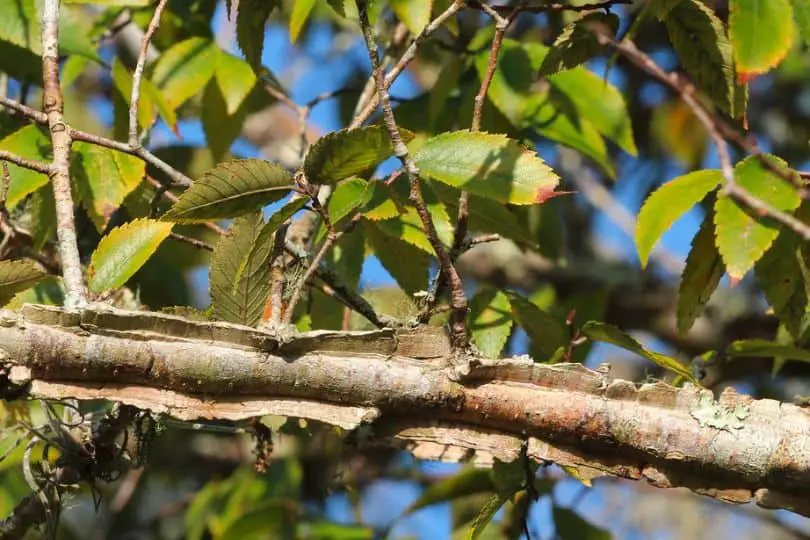
The Winged Elm, also known as the Cork Elm and the Wahoo, is a large deciduous tree that can grow up to 40 to 50 feet tall and as wide as two feet.
Its branches arch upward from a slender trunk to form a loose, rounded top. This plant thrives in dry, gravelly uplands but can also be found in wet riverbeds.
It has simple, alternating leaves that range in length from 1 ½ to 3 ½ inches and are oblong-ovate with pointy tips and coarse, double-toothed margins. Small, scarlet flowers cluster at the tips of twigs in the spring, before the tree’s leaves, have fully expanded.
Early in the growing season, this plant has tiny seeds inside papery covers with two curved bristles at the end. Its name, “Winged Elm,” comes from the corky wings that extend up to half an inch from the stem of the tree and its bark, which can be anywhere from reddish brown to ashy gray and is divided into irregular flat ridges and fissures.
The tree’s twigs are thin, smooth, and somewhat zigzag.
This dense wood is ideal for manufacturing floors, hockey sticks, crates, boxes, and other heavy furniture because of its hardness and strength. Deers eat the new growth in the spring, birds eat the seeds, and tiny mammals benefit from the abundance of food.
3. Slippery Elm
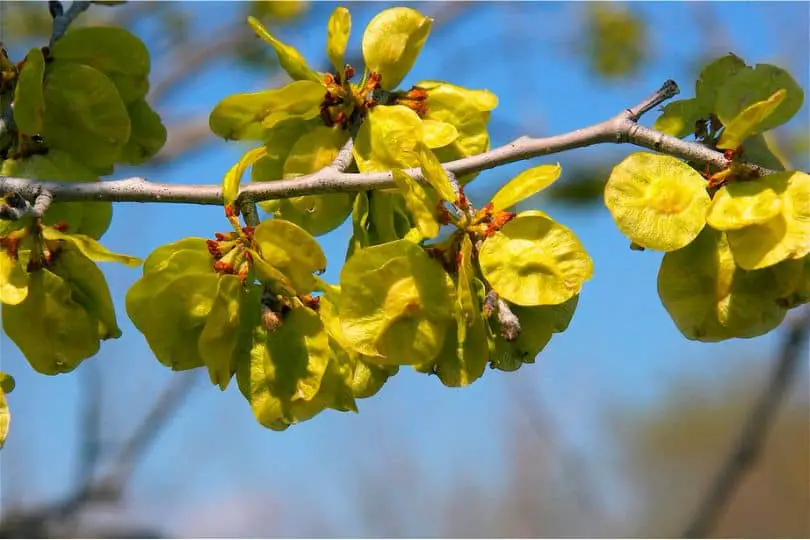
The Slippery Elm, also known as the red Elm and the Soft Elm, is a large deciduous tree that can grow to be between 60 and 70 feet tall and 2 1/2 feet in circumference.
The dark green, egg-shaped to oblong leaves are between 4 and 6 inches long and 2 and 3 inches wide, and the tree has an appealing broad crown with spreading branches. The leaves have double teeth along the edges, and the leaf bases are not uniform.
Small, pale green flowers appear in clusters of three to five in the spring before the leaves open. This plant’s full fruit looks like a wafer made of paper and is 3/4 to 1 inch in diameter. The wafer protects a single seed and has a smooth surface and a fuzzy inside in late spring.
The bark of the slippery elm is reddish brown and deeply furrowed, and the inner bark is very slippery. In contrast, the twigs of slippery elm are thicker than those of an American elm, and they range in color from ashy gray to brownish gray and are often mottled and rough.
The buds of slippery elm are chestnut brown and can be a bit rusty and hairy, and they stick
It prefers the lush, moist soil of the bottomlands, but it can also be found in the drier soils of the uplands.
The wood from this species has been used to make furniture, walls, containers, etc. Birds and small mammals have eaten the seeds, and rabbits and deer have nibbled on the twigs. The inner bark is harvested for use in traditional medicine, most commonly as a tea for the treatment of common ailments like colds, flu, coughs, and sore throats.
The Dutch elm disease is less likely to spread to a garden that has Slippery Elm than it would to an American elm, so you can feel safe about planting them.
Native Elm Trees In Virginia – Frequently Asked Questions (FAQs)
On the internet, there is very little knowledge about native Elm trees in Virginia. And I’ll be responding to some of the most frequently asked questions in this section.
Do Elm trees grow in Virginia?
Elk trees do grow in Virginia. In fact, there are three native elk trees in Virginia: American Elm, Winged Elm, and Slippery Elm. Currently, the majority of the elm population is concentrated in southeastern Virginia.
Do American Elm trees still exist in Virginia?
American Elm trees exist in Virginia, but the population is very low compared to the early 20th century. American elm populations in Virginia have not been studied, but Denver’s Tree Inventory estimates that there are only 3000 trees left in the city, where there were once more than 300,000. To spot the American Elm in Virginia, you can drive along the Southeastern region.
What is so special about the American Elm Tree?
The American Elm tree is known for its large size and distinctive canopy of leaves that arch over the top. It is also seen as an important part of American culture and often shows up in books and paintings. Another reason for its popularity is that it grows quickly and can reach a height of 120 feet. The bark of this tree is often used for medicinal purposes as well.
Similar Articles
- 14 Common Native Oak Trees In Virginia
- 6 Purple Trees In Virginia
- 4 Common Native Hickory Trees In Virginia
- 5 Common Native Maple Trees In Virginia
- 3 Common Cedar Trees In Virginia
- 3 Common Birch Trees In Virginia
- 8 Native Pine Trees In Virginia
- 9 Common Nut Trees In Virginia
- 2 Native Ash Trees In Virginia
- 7 Native Evergreen Trees In Virginia
- 8 Native Flowering Trees In Virginia
- 2 Common Locust Trees In Virginia
- Common Palm Trees In Virginia
- 6 Pink Flowering Trees In Virginia
Sources
The Regional Gardening team ensures the credibility of the information presented in our articles by exclusively utilizing sources of a reputable nature. These sources include peer-reviewed journals published by government institutions, esteemed universities, and scientific research institutions.
- Dutch Elm Disease in Virginia, Virginia Department of Forestry.
- Dutch Elm Disease in Virginia, Virginia Cooperative Extension:
- Virginia Native Plant Society
- The US Forest Service
- Virginia Natural Heritage Program


